Transport
One of the most outstanding elements, not only of the Asturian railway heritage but also of the Spanish industrial history, is certainly the Palau locomotive. It is worth mentioning that it was the first Iberian gauge engine built in Spain. It was manufactured in the La Maquinista Terrestre y Marítima workshops in Barcelona in 1887, when the manufacturing of this type of material was still at an early stage in our country.
Its original addressee was very close, as it was the neighbouring railway from Sarrià to Barcelona. In 1906, this line was electrified and turned into a 1,435 millimeter wide line. The Palau was sold, together with its twin sister, to the Mollet-Caldas, which operated a small regional line in the north of the Catalan capital. It acquired its current name there, as the town of Palau de Plegamans was one of the stations on its route.
This small railway was out of service in the early 1930s, but the Palau survived until it was acquired by RENFE in 1941. Shortly afterwards it arrived in Asturias to carry out manoeuvres on the numerous mining railway sidings that marked out the tracks of the National Network. Finally, in 1964, it was sold to the Sociedad Hullera Española (SHE - Spanish Coal Company) to provide service in the coal washing plant in Sovilla, where it was finally transferred to HUNOSA.
It has three motor shafts, internal valve operating gear and side water tanks, with an elegant closed cab. Its attractive design has a remote English inspiration curiously taken from the German Hohenzollern locomotives that La Maquinista Terrestre y Marítima was building at the same time for the Langreo Railway.
It was retired from service in 1981 after nine decades in active service and remained in Sovilla until it was taken over by the Mining Museum, where it can be contemplated today.

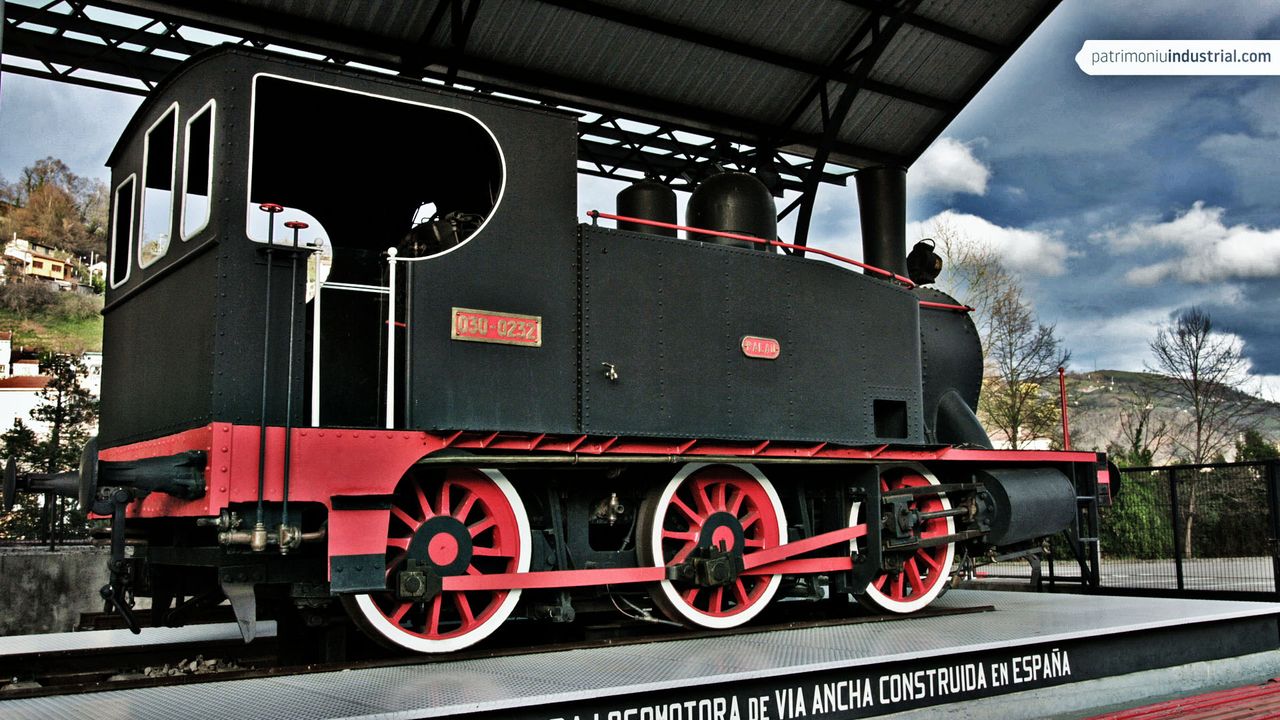
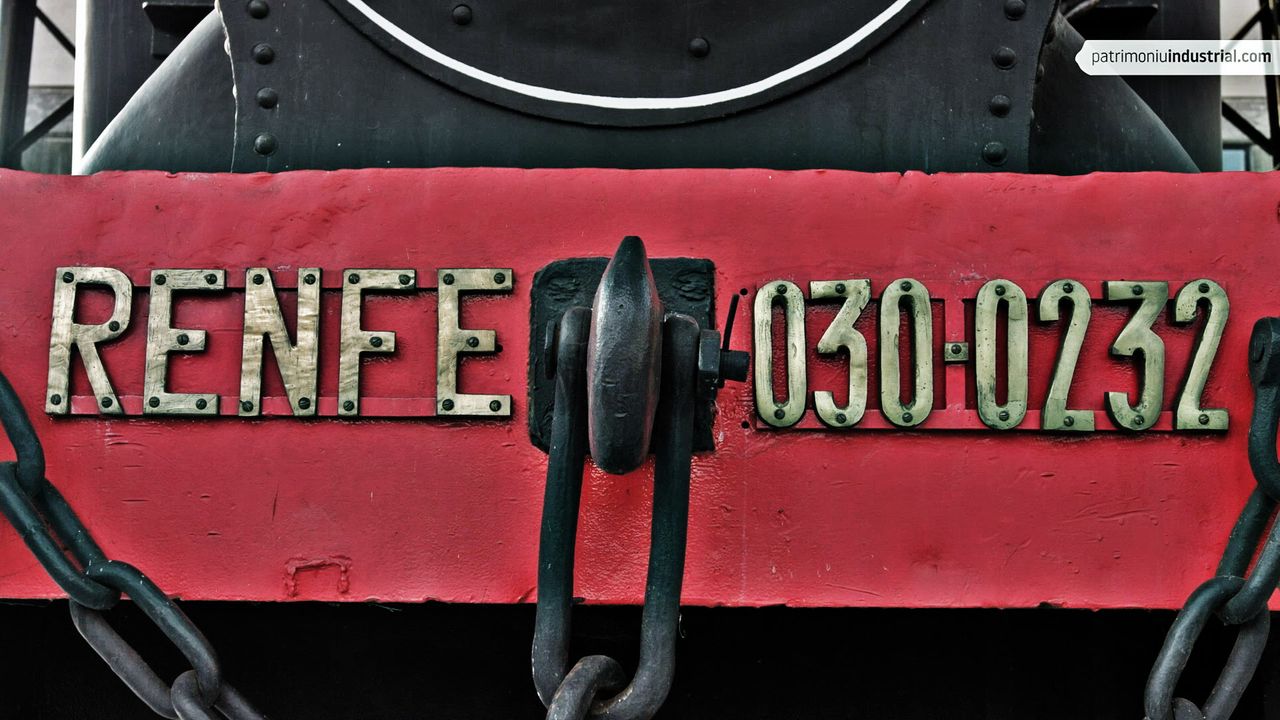
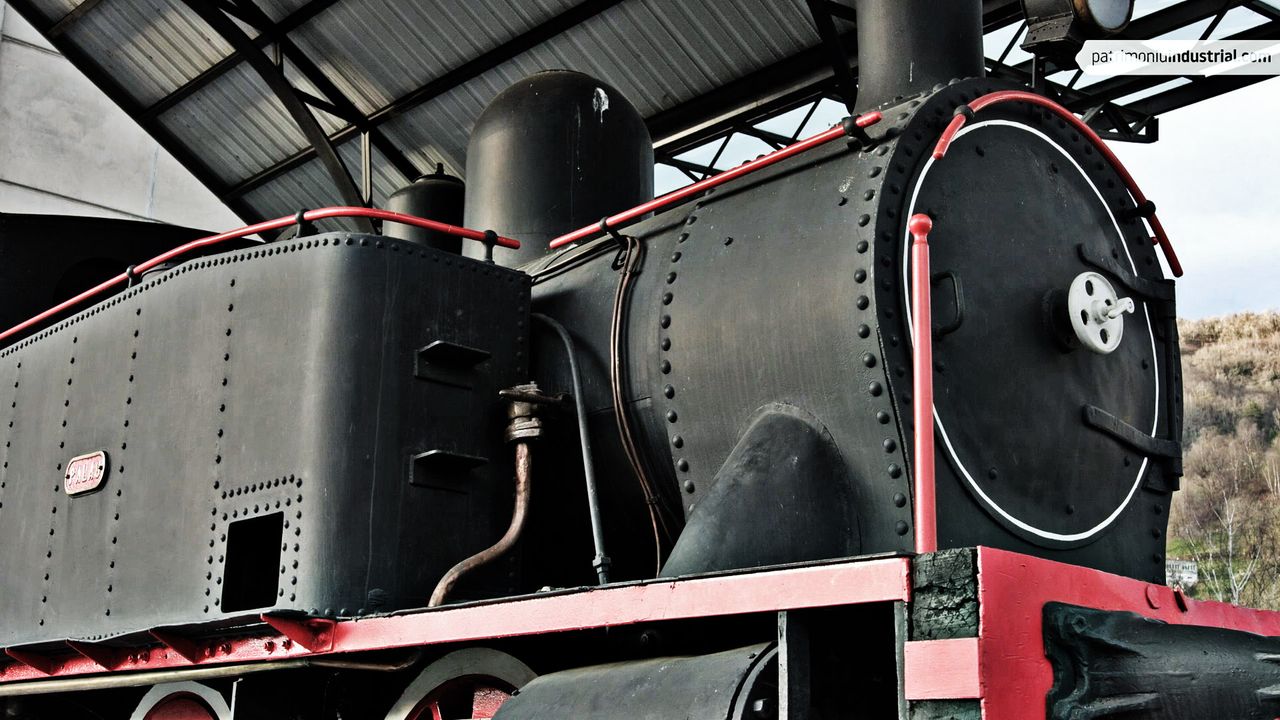
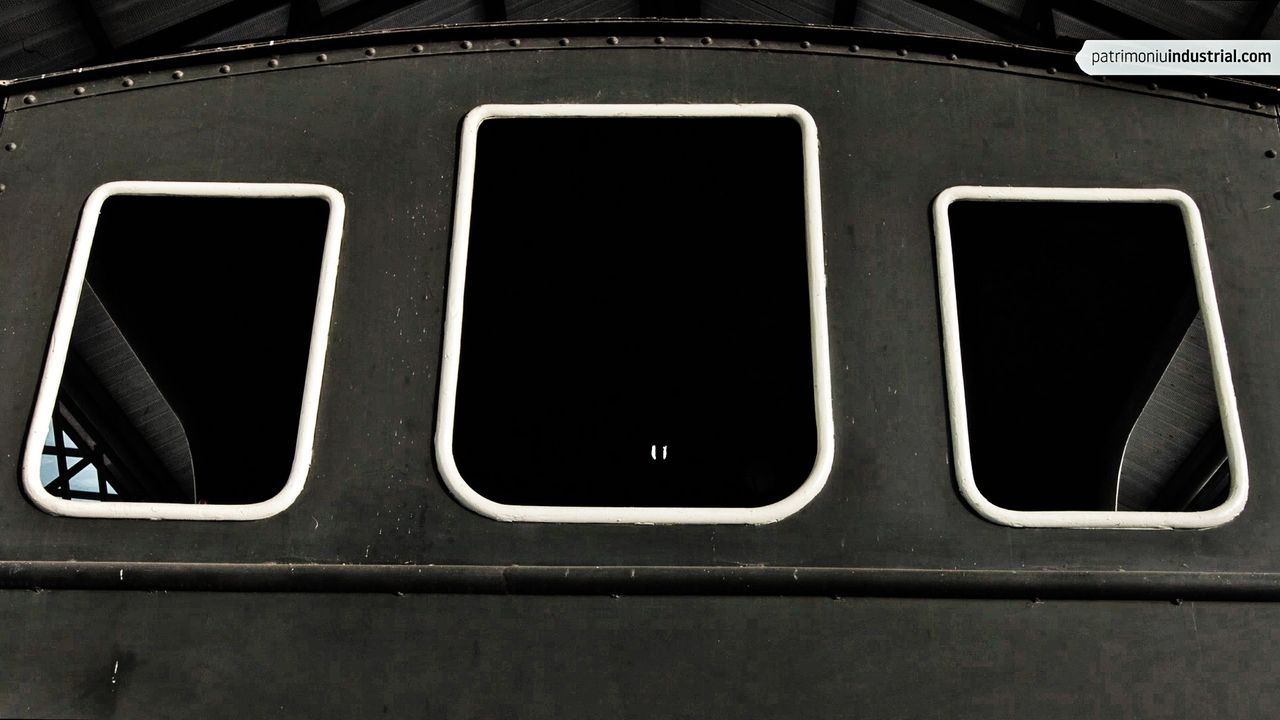

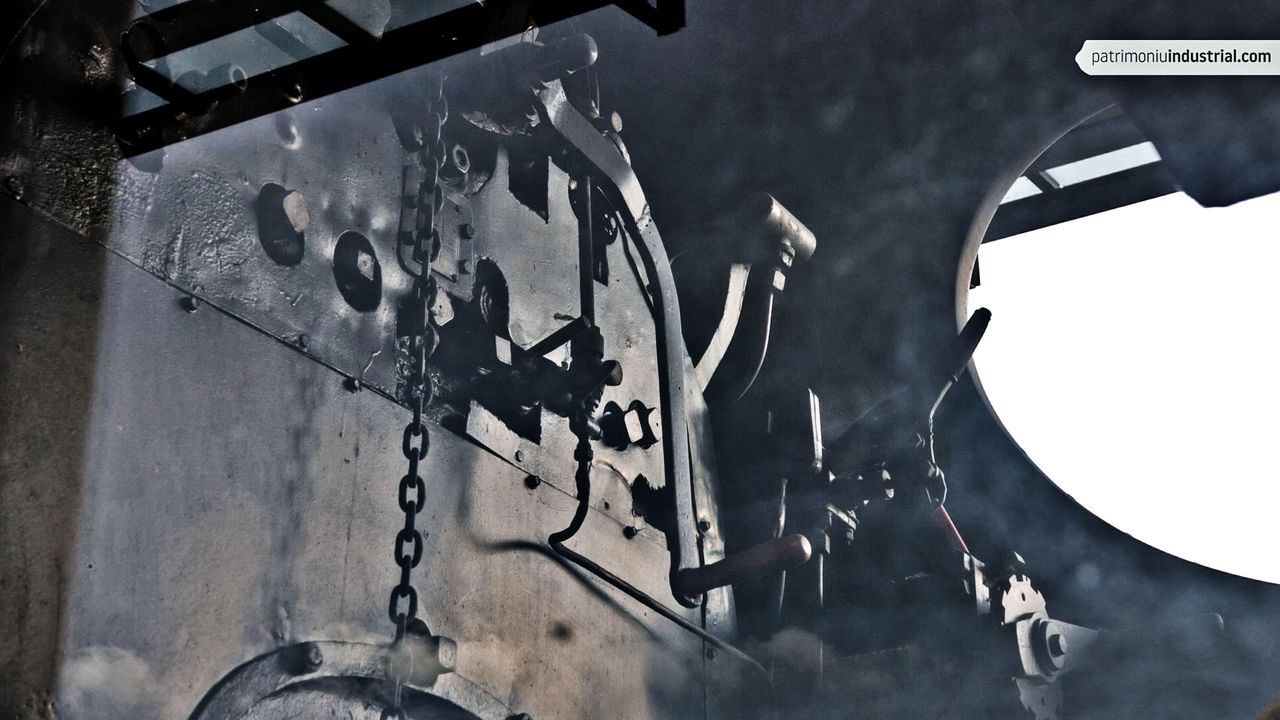
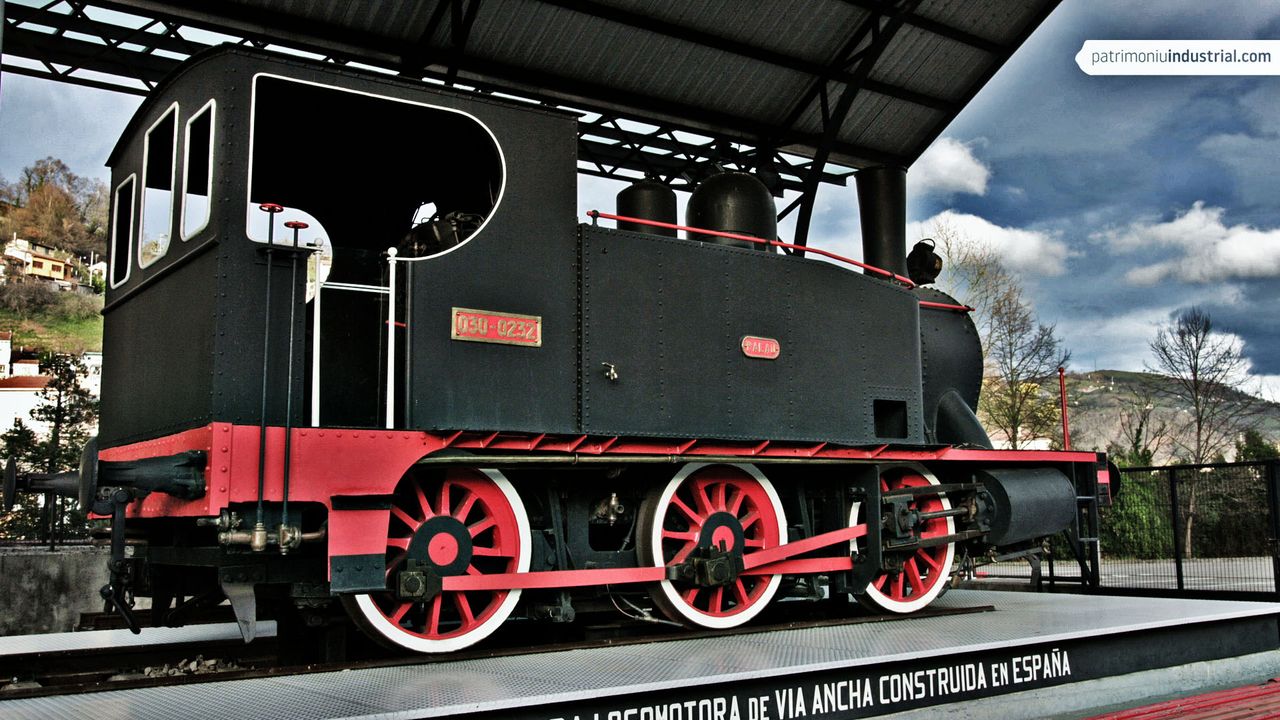
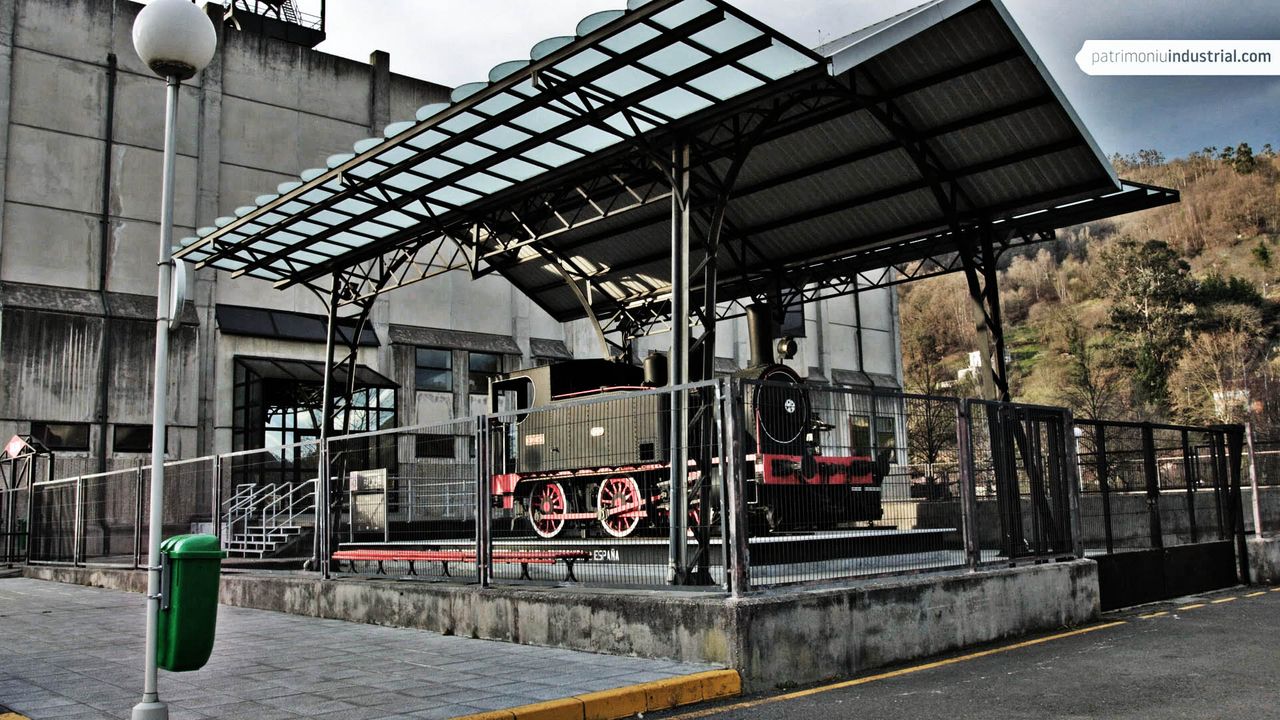
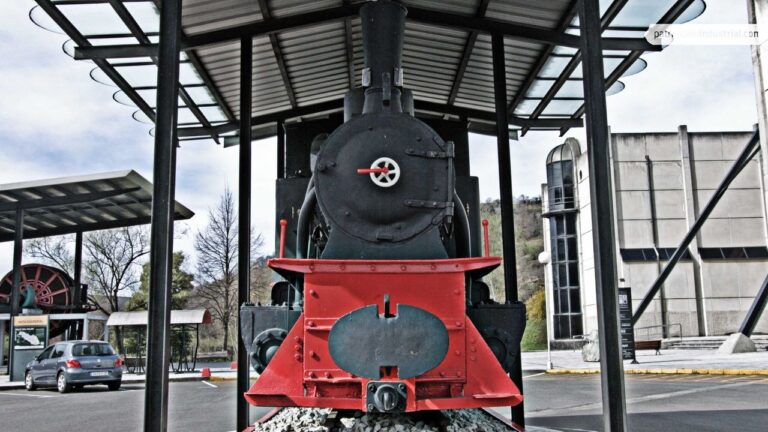
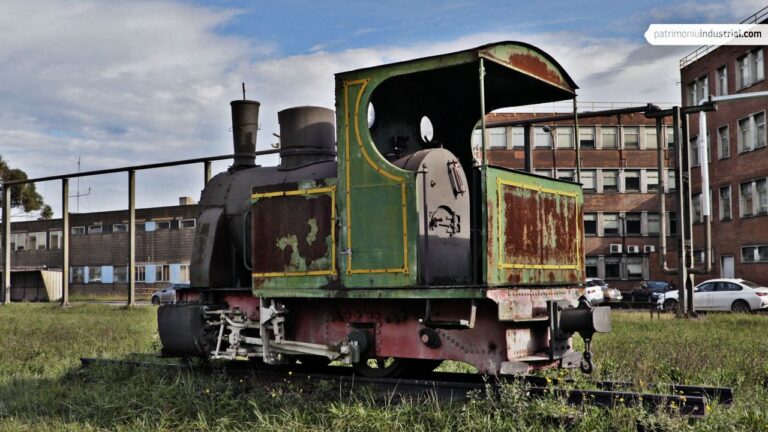
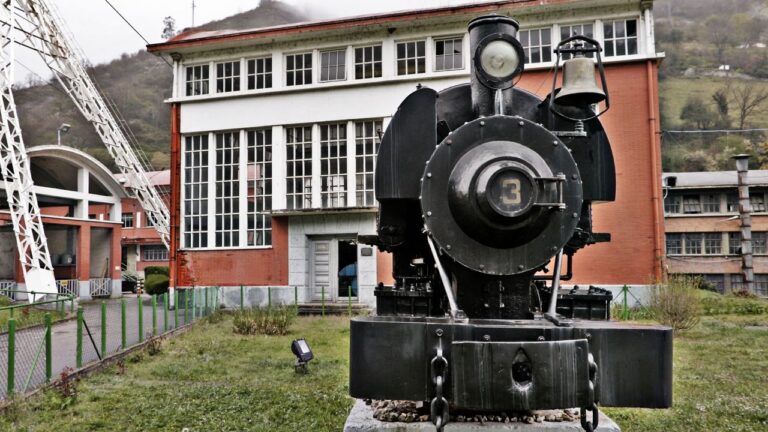

Recent Comments